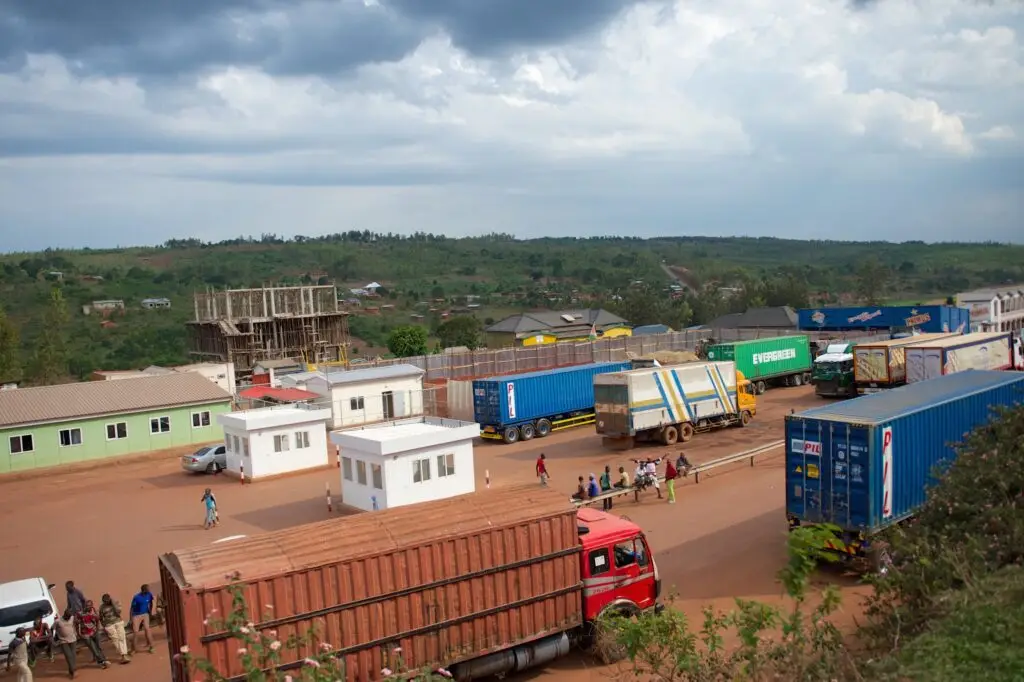TradeMark Africa and United Nations Economic Commission for Africa
Brief History of Integration in Africa
The push for greater economic integration in Africa is not a new phenomenon by any means. Efforts to achieve some level of continental integration can be traced as far back as 1960, also nicknamed “the year of Africa” due to the heightened spread of Pan-Africanist sentiments, culminating into the independence of the largest number of African countries of any other year in history.
Arguably, no period in this almost-70-year span has presented a more dire need for integration – and the global economy provides grounds for this assertion. Events such as the ongoing Sino-American trade war and Brexit are an indication of an impending reversal in the expansion of world trade. In fact, in the World Trade Organization’s (WTO) recent estimation, the volume of global merchandise trade grew by just 3 percent in 2018, down from 4.6 percent in 2017. By contrast, according to Afreximbank’s Africa Trade Report 2019, intra-African trade has been increasing steadily and it further accelerated in 2018, growing by 17 percent to reach US$159.1 billion.
If anything, this provides a great premise for adopting growth strategies that leverage the regional markets more aggressively., The African Continental Free Trade Agreement (AfCFTA), signed by 44 countries (now 54) in Kigali in March 2018 is the perfect opportunity in the pursuit of this goal.
The Case for Intra-Regional Trade in Eastern Africa
There are several reasons why Eastern Africa stands to benefit considerably from more intra-regional trade. A recent joint report by the United Nations Economic Commission for Africa (UNECA) and TradeMark Africa (TMA) highlights a few:
One, primary commodities still account for a large proportion of the Eastern African region’s exports, hence the region is highly vulnerable to adverse external shocks. For instance, the unbalanced growth of Eastern African trade with China and India resulted in deficits of around USD 16 billion in 2017. On the contrary, among exports from Eastern Africa to other African countries, manufactured goods are dominant, and this signifies the importance of more intra-African trade for the development of regional value chains and industrialization.
Two, there is still a heavy dependence on imported goods in the region. Recent growth in Eastern Africa has largely been demand and consumption-driven, rather than export-led, with private consumption accounting for over 70% of total aggregate demand. But that demand is not being met sufficiently by local production and consequently generates large trade deficits which subsequently cause persistent shortages of foreign exchange and constrain economic growth.
Three, the service sector is vibrant and dynamic as witnessed by the likely increase in the contribution of service exports to GDP, with several Eastern African countries registering more than a three-fold increase since 2005. However, the sector faces numerous challenges, primarily the lack of appropriate national and regional policies that could foster strong linkages with the rest of the economy and encourage the emergence of regional and continental value chains. The AfCFTA promises to liberalize services trade, with reforms that would significantly help reduce business costs and hence improve the general competitiveness of the sector in the Eastern African region.
Four, there is worrying evidence of a declining trend in intra-regional FDI flows in Eastern Africa. For instance, in the joint UNECA-TMA report, it is estimated that greenfield intra-Eastern African investment declined from an average of around USD 372 million from 2011-2017 to USD 224 million in 2018. The AfCFTA could have a decisive impact by encouraging greater intra-African investment. This would facilitate the emergence of intra-regional value-chains as well as unlock benefits such as better knowledge of regional markets, better employment generation potential and economic diversification.
What Simulations Show
The UNECA-TMA study team carried out simulations to quantify the potential impact of the AfCFTA for Eastern Africa.
The study estimates that partly through the lower cost for goods and services, the implementation of the AfCFTA will result in welfare gains amounting to USD 1.8 billion for the region. As the study uses different simulation models, it projects that, depending on methodology used, the AfCFTA could boost the region’s intra-African trade by between USD 737 million and USD 1.11 billion.
The study also projects that the AfCFTA could create between 700,000 to 2 million new jobs. This is crucial in a region where the working-age population is estimated to increase by 8.6 million individuals annually between 2015 and 2030.
Moreover, what is unique about the job creation potential of the AfCFTA is that, by providing most jobs in the manufacturing sector and in sectors where there is a heavy predominance of female labour, it stands to drive structural transformation and provide more decent jobs with higher productivity and wages, while also contributing to the economic empowerment of men and women in the region.
Other foreseeable benefits of implementing the AfCFTA would include fostering industrialization; increasing the number of large-scale companies in the region through greater economies of scale economies and specialization; enhancing food security; and tackling gender equality.
Economic integration has, in many instances, been held back by fears of losing revenue after eliminating tariffs. The UNECA-TMA study simulates that, even in the extreme scenario of the full elimination of tariffs on intra-African trade, average tariff losses would be modest, at less than 1% of total government revenues. There are, therefore, more reasons to be optimistic than not.
How does Eastern Africa move forward?
To realize these benefits, Eastern African countries will need to coordinate their industrial policies to a much greater degree than in the past and redouble implementation efforts. In particular, the East African Community (EAC) needs to take a protagonist role in negotiating and implementing the AfCFTA –other Regional Economic Communities elsewhere in Africa will need to do likewise.
On the ‘software side’, intense dialogue between civil society, the public and the private sectors would help countries strategize in a manner that is more inclusive and beneficial to their economies. And on the ‘hardware side’, in addition to the elimination of tariff barriers, countries must invest in building the necessary supporting infrastructure for trade to flourish as envisioned in the AfCFTA.
The AfCFTA will not, on its own, resolve all Eastern Africa’s development challenges – those will require additional policies in other areas – but it will make a very significant contribution to making the region more resilient and competitive.



